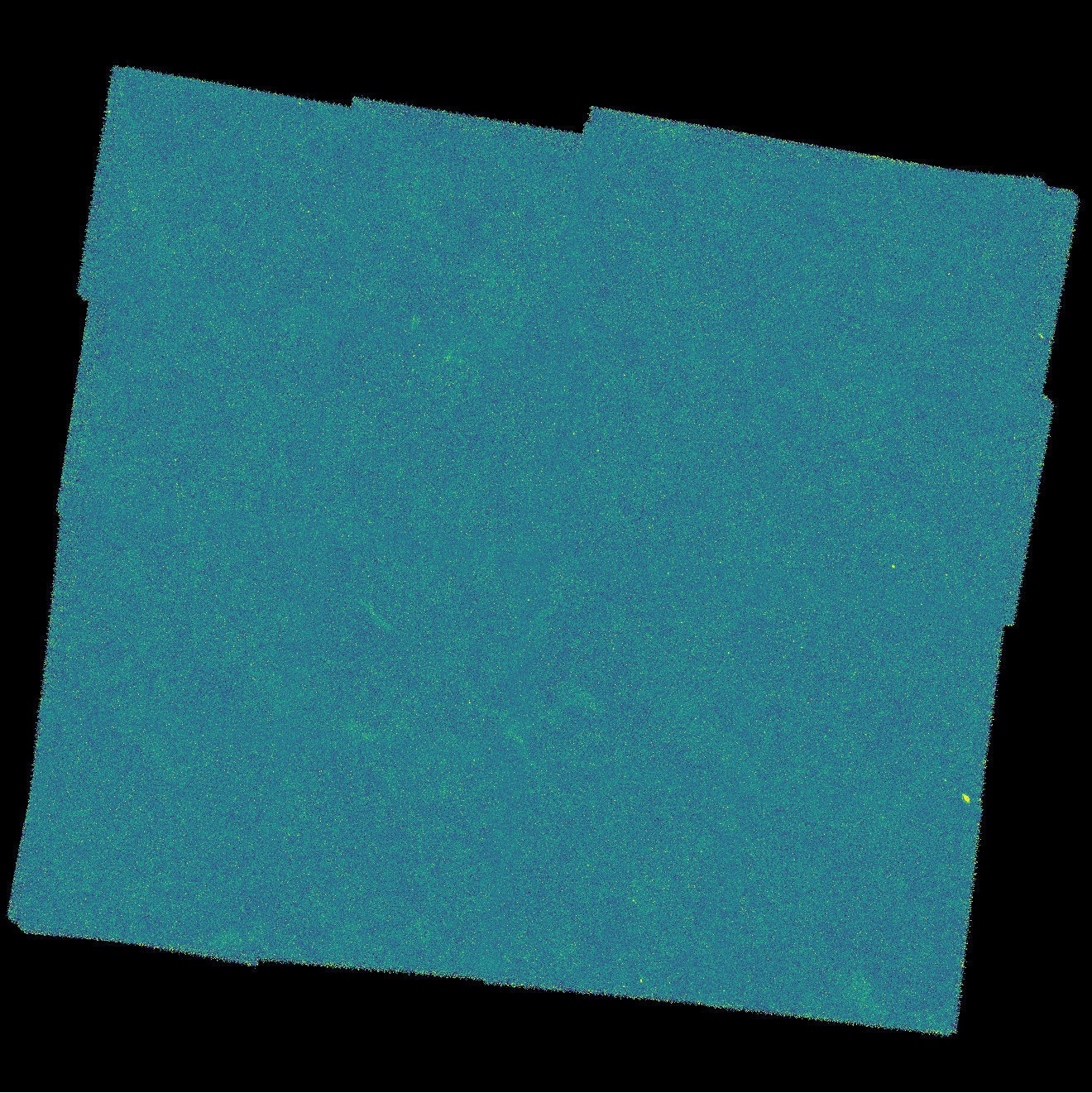Create a free profile to get unlimited access to exclusive videos, sweepstakes, and more!
Pale, dusty dots

The European Space Agency’s space-based infrared astronomical observatory, called Herschel — named after William Herschel, who discovered infrared light in the late 18th century — peered into the sky for just under four years. Until April 2013, when it finally ran out of the coolant needed to chill its detectors, it took images of the heavens, looking at wavelengths of light far, far outside what our mere human eyes could perceive.
One of its bigger projects was called H-ATLAS, for Herschel Astrophysical Terahertz Large Area Survey. “Terahertz” refers to the frequency of the light observed; in wavelengths that’s about a millimeter, so it’s in the far infrared — about a thousand times the wavelength of the reddest color our eyes can see.
What emits light like that? Well, any object above the temperature of absolute zero emits light, and the warmer it is the shorter the wavelength it emits. At that wavelength, you’re talking about extremely cold dust, material floating in between the stars. Knowing how much dust there is in a galaxy tells you a lot about it, like how quickly stars are being born, at what rate they’re dying, and much more.
Our own galaxy is lousy with dust, so the astronomers did something clever: They pointed Herschel at the galactic poles, due north and south, basically looking out of the plane of the galaxy. That pathway is the shortest, so it intersects the least amount of local dust, allowing them to survey the galaxies beyond with a relatively unobscured view.
And what did they find? This:
That doesn’t look like much, does it? Like static, or noise. But it’s not.
Look again. Each one of those dots in that image, every single one, is an entire galaxy*.
Each dot is the glow from countless microscopic grains of dust in galaxies millions and even billions of light years away. Some are so far away that the expansion of the Universe has redshifted the light from the dust; warmer dust emits bluer light, but the cosmic expansion stretches the wavelength of light by a factor of two or three or more, so we see warmer dust represented than we do if we looked locally. Still, we’re talking a dozen or so degrees above absolute zero, so not exactly warm.
An image like this is staggering. I know it doesn’t look like much, but follow this reasoning…
How many dots do you see in it? There are tens of thousands of them in this image, a mosaic of several individual pointings of the ‘scope. It covers an area of the sky of about 180 square degrees, or a square about 13° on a side; you could fit about 25 full Moons end-to-end across this image.
But… there are more than 40,000 square degrees to the sky. If they could survey the entire sky, they’d see about 200 times as many galaxies as they do here.
For every dot you see here, there are 200 more across the sky Herschel could have seen. And that’s just in this image; the H-ATLAS survey was much bigger, covering nearly 600 square degrees, and the astronomers estimated they could see more like a quarter million galaxies in the total survey… which implies a total of 17 million galaxies in the whole sky they could’ve detected.
And even that is a pittance compared to the number of galaxies in the Universe, which may be as high as two trillion.
Two trillion. And each with millions, billions, or even trillions of stars in them.
It’s been said that astronomy is the most humbling of sciences, and superficially, after seeing those numbers, that may sound true.
But I’m not so sure. When you look a little deeper, you realize what it took to determine those numbers. The long hit-or-miss stumblings of explanations of the world around us until the scientific method was developed, then the sudden growth of understanding because of it, the technological discoveries that needed to be made — (William) Herschel’s finding of a new kind of light, the invention of cameras, then digital cameras, the invention of computers, the ability to launch telescopes into space, and then the incredible knowledge we had to amass to understand stars, galaxies, dust, the Universe itself.
Humbling? I look back at all this and I find it anything but. Yes, we are small; a tiny, tiny fraction of this immense cosmos. We’ve just started figuring it out, and there is much progress yet to be made. But every step we take makes our knowledge grow.
Just as incredible as the Universe is our ability to understand our place in it. That makes us big indeed.
*The only exception I can find is the oval smudge to the lower right; I believe that’s NGC 4725, a spiral galaxy about 55 million light years away that happens to lie in the field of view.



























